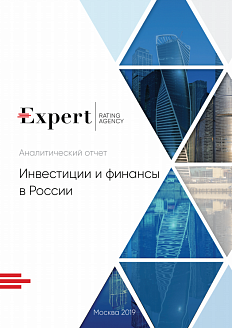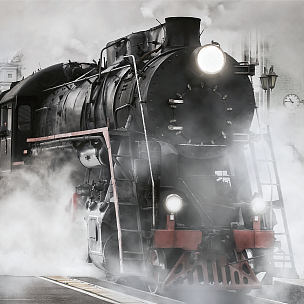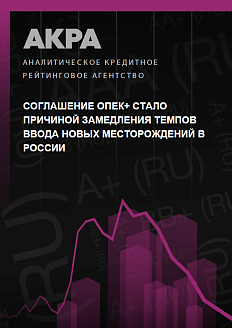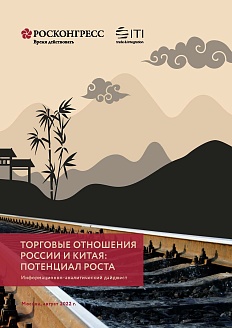In this report, the authors describe the main trends in production, consumption, trade, and prices on the global steel and iron ore market over the past two years, and offer an outlook for 2019. In 2017, global steel production and consumption growth continued, albeit not as rapidly as before. Over the first seven months of 2018, the industry grew faster, but then slowed down in 2H 2018. The analysts forecast a growth rate of 4.3 percent year-on-year by the end of 2018. The current trade barriers imposed by the USA (import tariffs) and the EU (tariff rate quotas) lead the experts to expect a slight increase in steel production to meet the growing domestic demand and a rise in steel prices in these regions.
.png)
Global steel consumption demonstrated similar trends in 2H 2018. Growth rates went down due to slower industrial growth in China and are likely to fall to 2.8 percent year-on-year by the end of 2018. Lending restrictions in China and cyclical slowdown in the automotive industry in the developed markets are likely to negatively affect the global demand for steel. In the USA and the EU, steel consumption is also growing at a slower rate now. Deloitte forecasts a further decline in the growth rates for both production and consumption on the global steel market in 2019, which will reflect Chinas trends.
In 2017, the list of the top five steel exporters (China, Japan, South Korea, Russia, EU) and importers (EU, US, Germany, Italy, South Korea) has not changed compared to 2016. India has demonstrated the highest growth in exports. Next year, steel production and prices are likely to be affected by trade policies (alleviation or tightening of trade tariffs) of the worlds largest players: China, the USA, and the EU.
As for Russia, in JanuaryJune 2018, Russian steel companies produced 35.9 million tonnes and increased the output by 1.3 percent year-on-year. NLMK was the top Russian steel producer in output terms. In 1H 2018, the year-on-year growth rate of Russian exports of basic steel products in monetary terms amounted to 7 percent for rolled products and 106 percent for tube products. At the moment, the domestic market demonstrates moderate rates of consumption growth, restrained by low new car sales.
.png)
In 2H 2018, Deloitte conducted a survey of experts from a number of steel and tube-making companies. The results of the survey show that two-thirds of the respondents have a positive view of the situation in the industry. The top three drivers of global competitiveness for the Russian steel industry, according to the respondents, are lifting of administrative barriers, personnels professionalism and availability, and commodity prices.






